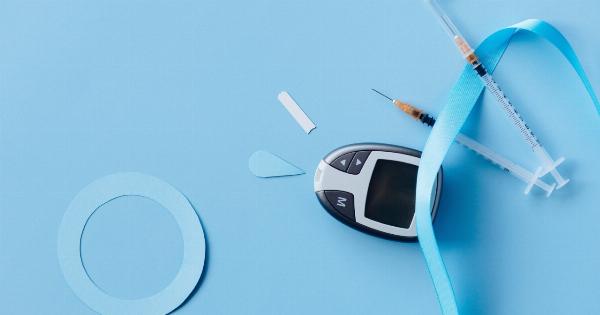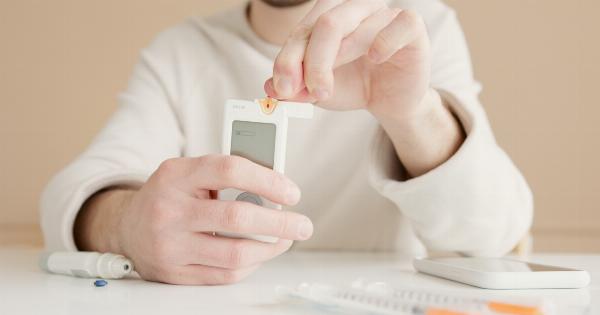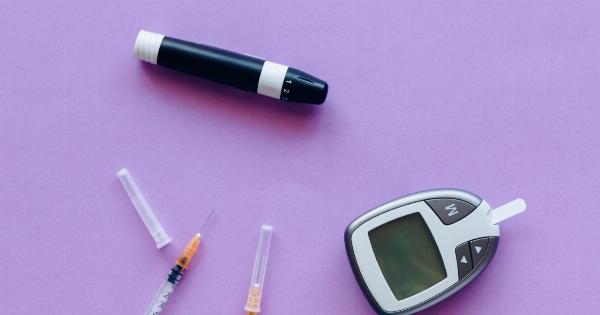Needle phobia is a common fear that affects many individuals, often causing anxiety and discomfort when faced with medical procedures that require needles.
However, innovative technologies are emerging to alleviate this fear and make healthcare more patient-friendly. One such innovation is the skin patch blood test, a revolutionary alternative to traditional needle tests.
This article will explore the benefits and advancements of skin patch blood tests, providing an in-depth look at how this technology is changing the landscape of medical diagnostics.
The Current State of Blood Testing
Blood testing is an integral part of medical diagnostics, providing crucial information about a patient’s health status. Traditionally, blood samples are obtained through venipuncture, which involves inserting a needle into a vein to draw blood.
While this method is effective in gathering the necessary samples, it often causes discomfort and pain for patients, especially those with needle phobia.
Furthermore, venipuncture requires the expertise of trained professionals and specialized equipment, making it necessary to visit a clinic or hospital for blood tests.
This inconvenience can lead to delays in diagnosis and treatment, especially for patients with limited access to healthcare facilities. Additionally, the use of needles poses certain risks, such as accidental needlestick injuries and the potential transmission of bloodborne pathogens.
The Revolutionary Skin Patch Blood Test
The skin patch blood test offers a needle-free alternative to venipuncture, revolutionizing the way blood samples are collected for diagnostic purposes.
This innovative technology utilizes a small patch or adhesive device that is placed on the skin, allowing for non-invasive blood sampling. The patch collects the required amount of blood through the tiny pores in the skin, without the need for a needle or a visit to a healthcare facility.
These patches are designed to be painless, making them suitable for individuals with needle phobia or aversion to medical procedures involving needles.
The non-invasive nature of the skin patch blood test has the potential to improve patient compliance and overall healthcare experiences, as it eliminates the fear and discomfort associated with traditional blood tests.
Advantages of Skin Patch Blood Tests
The transition from traditional venipuncture to skin patch blood tests offers numerous advantages that benefit both patients and healthcare providers. Let’s explore some of the key advantages:.
1. Needle-Free Experience
The primary advantage of skin patch blood tests is the elimination of needles from the blood sampling process.
This feature reduces patient anxiety and fear associated with needles, making it more comfortable for individuals with needle phobia or pediatric patients.
2. Convenience and Accessibility
With skin patch blood tests, patients can collect blood samples at home or in any suitable environment without the need to visit a clinic or hospital.
This level of convenience and accessibility improves patient compliance and allows for flexible testing schedules, especially for individuals with limited mobility or those living in remote areas.
3. Increased Safety
By removing needles from the equation, skin patch blood tests eliminate the risk of accidental needlestick injuries for both patients and healthcare professionals.
This advancement promotes overall safety and reduces the potential transmission of bloodborne pathogens.
4. Cost-Effectiveness
Traditional blood tests often involve additional costs associated with lab visits, healthcare professional fees, and specialized equipment.
Skin patch blood tests have the potential to reduce these costs by allowing patients to collect samples at home, eliminating the need for unnecessary visits to healthcare facilities.
5. Swift and Efficient Results
The collected samples from skin patch blood tests are quickly analyzed in a laboratory setting, leading to efficient and swift diagnostic results.
This advantage is particularly beneficial in urgent cases or when a quick diagnosis is essential for timely treatment.
Disadvantages and Challenges
While skin patch blood tests offer numerous advantages, there are still some challenges and limitations associated with this emerging technology:.
1. Sample Volume Limitations
Due to the nature of non-invasive blood sampling, skin patch blood tests may have limitations in terms of the volume of blood collected.
This can restrict the types of tests that can be performed using this method, requiring additional research and development to expand its capabilities.
2. Standardization and Accuracy
Ensuring the accuracy and reliability of skin patch blood tests across different devices and manufacturers is another challenge. Standardization protocols and guidelines need to be established to maintain consistent and accurate results.
3. Skin Conditions and Interference
Certain skin conditions, such as eczema or psoriasis, may interfere with the skin patch blood test’s ability to collect samples effectively. Precautions and adaptations must be developed to accommodate individuals with such conditions.
4. Acceptance and Adoption
For skin patch blood tests to become widely adopted, both healthcare providers and patients need to accept and trust the technology. Education and awareness campaigns can play a vital role in promoting acceptance and overcoming skepticism.
The Future of Skin Patch Blood Tests
Despite the challenges and limitations, the future of skin patch blood tests appears promising.
Ongoing research and development efforts are continually improving the technology, addressing the current limitations and expanding its potential applications.
One area of interest is the integration of biosensors into the skin patch blood test devices, allowing for real-time monitoring of various biomarkers.
This advancement could revolutionize chronic disease management, enabling patients to monitor their health parameters conveniently and regularly.
Furthermore, the incorporation of artificial intelligence (AI) algorithms into the analysis of skin patch blood test data could enhance diagnostic accuracy and efficiency.
AI-powered systems can process vast amounts of data and provide valuable insights to healthcare professionals, ultimately improving patient care and treatment outcomes.
Conclusion
The skin patch blood test offers a needle-free alternative to traditional blood testing, revolutionizing how blood samples are collected for diagnostic purposes.
This innovative technology eliminates the discomfort associated with needles, making it more patient-friendly and accessible. While there are challenges and limitations, ongoing advancements and research in the field demonstrate great potential for the widespread adoption of skin patch blood tests.






























